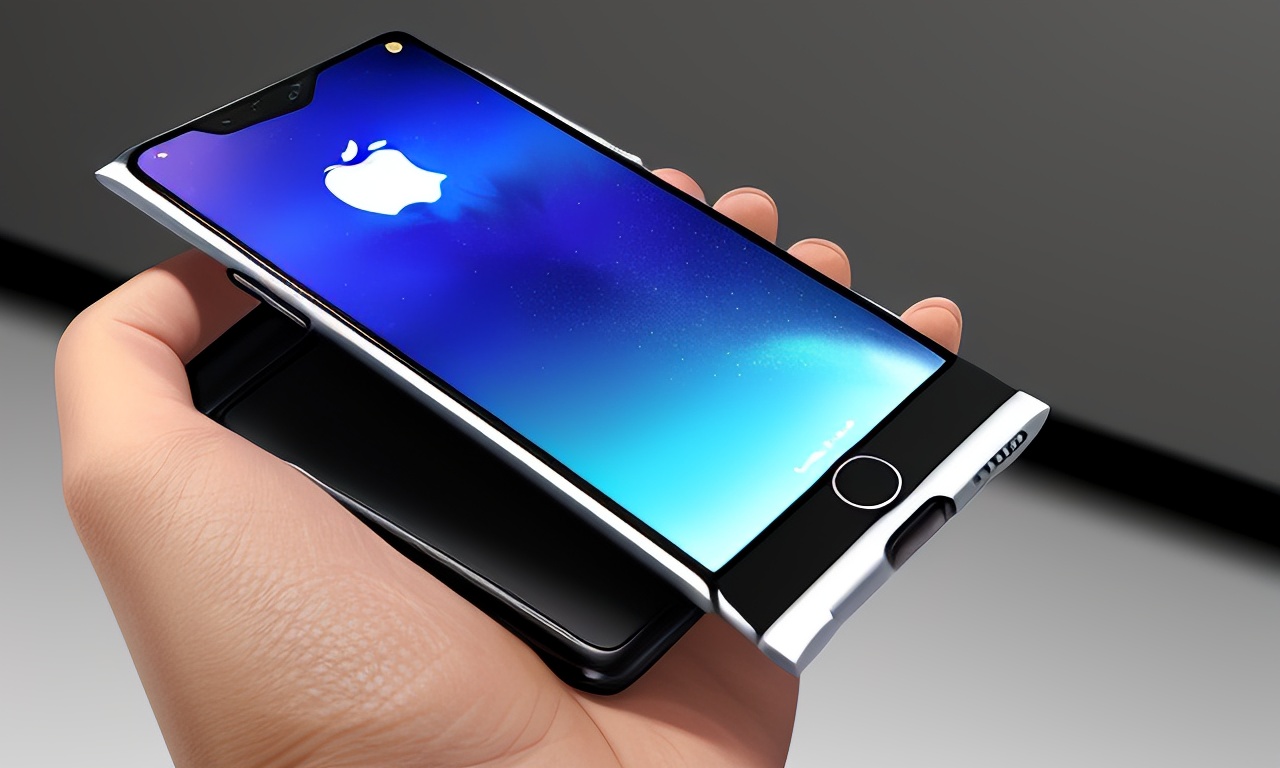Apple may be preparing a new non-breakable foldable device, according to recent reports. This significant improvement can help us better understand why the brand is taking time to release a much-anticipated new foldable iPhone, but most importantly, it reveals details about what we can expect.
The truth is, Apple may be preparing a new foldable iPhone and has been working on technology that would allow flexible panels to be used for both iPhones and iPads. This technology could detect falls and automatically fold the device before going to sleep, minimizing damage and preventing screen damage.
The company has been working on these foldable devices for a long time and has also experimented with rollable displays. This is all done with the consideration that displaying large screens on small devices that can fit in pockets may potentially make them more susceptible to damage. They have thought of everything.
We can see this in their patents, such as the “Self Retractable Display Device and Techniques for Protection the Screen Using Fall Detection” patent application, which describes how to protect devices with this screen. They may apply this to their new foldable iPhone.
Regardless of whether the device is folded with a hinge or if the screen is detachable from the base, Apple proposes that the screen can be removed. Instead of relying on delicate hinges or fragile connections, the screen can be removed or folded to protect itself from potential hazards like drops. This would be done when the device detects that it has been dropped.
This is how it works:
As shown in the patent, mobile devices with foldable or rollable screens have sensors that detect vertical acceleration, such as when it is falling towards the ground. Therefore, when this situation is detected, the screen can be at least partially stored to protect the screen from impact. In this case, there are two options displayed: retract or release the screen. These two options will save us from one of the most common fears when buying a foldable phone, which is the screen’s fragility.
The process may include activating the release mechanism. When the vertical acceleration exceeds a certain threshold, this is done at the hinge connection between the first and second screens. Activation causes the angle between the first and second screens to decrease below a certain threshold angle.
This idea fits well with foldable devices, but if that is not possible, the screen can be folded backwards. Folding the screen at an angle of less than 180 degrees allows the edge of the mobile device to hit instead of the screen, providing protection. For rotatable devices, the screen may contract when it exceeds a certain acceleration limit.
Regardless, this does not guarantee complete protection against drops or registered heights, but it helps prevent these phones from breaking, which is important for some devices that are not exactly cheap. Its inventors, Hoon Sik Kim and Michael B. Wittenberg, had previously come up with details for a new foldable iPhone that has not yet hit the market.
Apple has not confirmed or denied anything.
We will have to wait for Apple to eventually speak out about this and confirm that they are working on a new foldable iPhone when they are ready to release it to the market. We look forward to learning what they look like and what their key features are. For now, everything is just a rumor, and there is no guarantee that they will ever come out. However, it seems that everything is closer than we think.


